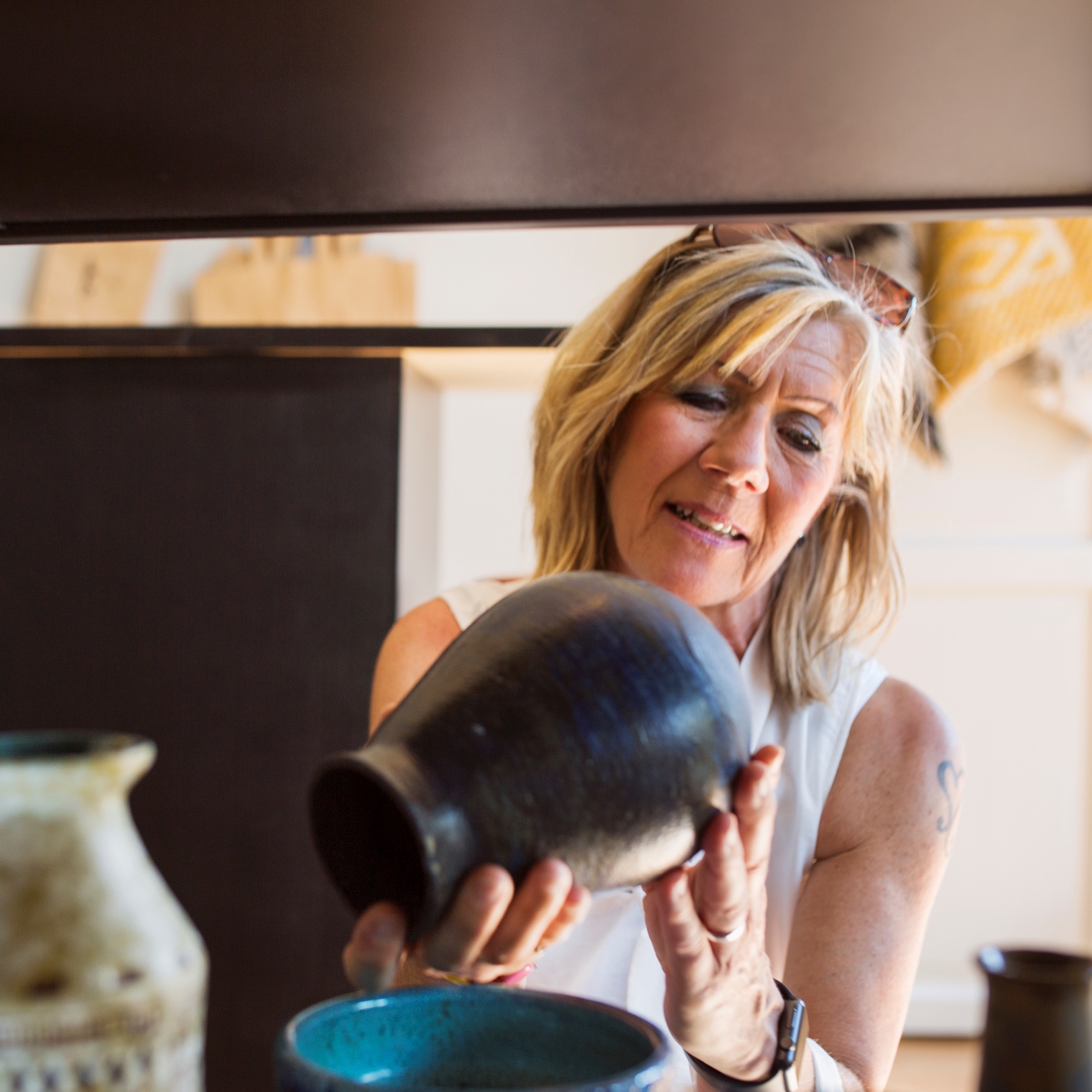With the art industry becoming increasingly complicated, one may find it difficult to explain what an art collection entails. Is it a hobby or a business? How does one get into art collecting? In this article, we explain what it means to be an art collector and what goals people may pursue when engaging in this activity.
How to Succeed in Art Collecting in 2025
What Is an Art Collector’s Goal?
Art collectors vary considerably in their goals. The art connoisseurs and aesthetes collect art pieces for personal enjoyment, visual pleasure, and intellectual growth. These people’s goals in collecting art depend on their knowledge, taste, and personal preferences.
In contrast, people who collect art as an investment are financially driven. Their goal is to purchase art objects that will increase in value over time, allowing them to earn a lot of money. Besides, they may also use fine art as an image booster and a means to improve or maintain their social status.
Both groups often use the services of art advisers, collection managers, insurance companies, and other professionals who can help navigate the art industry.
What Items Can Be Collected?
Anything with artistic and cultural value can be collected, from oil paintings to antique furniture. Although the term “art collector” is often applied quite liberally, one must distinguish this activity from occasional art shopping. Art collectors are typically more knowledgeable about art, spend more time looking for precious pieces, and engage in collecting for a long time.
Contribution of Art Collectors
Private art collectors are often viewed as people pursuing their own goals only. However, art connoisseurs who purchase artworks can contribute greatly to their preservation and promotion. It is not uncommon for collectors to donate their valuable items to public museums or display them in temporary exhibitions. In addition, art collectors may help unknown and aspiring artists become better known to the public.
How to Become a Successful Art Collector?
So, what does it take to succeed in art collecting? Obviously, you need to have money to be able to purchase art, even if it’s created by young, unknown artists. You also need an in-depth knowledge of art and a good taste to discern pieces that are truly valuable and worthy of attention. Finally, be prepared to dedicate much time to this activity, which involves visiting galleries and studios, communicating with artists, and negotiating purchases.
